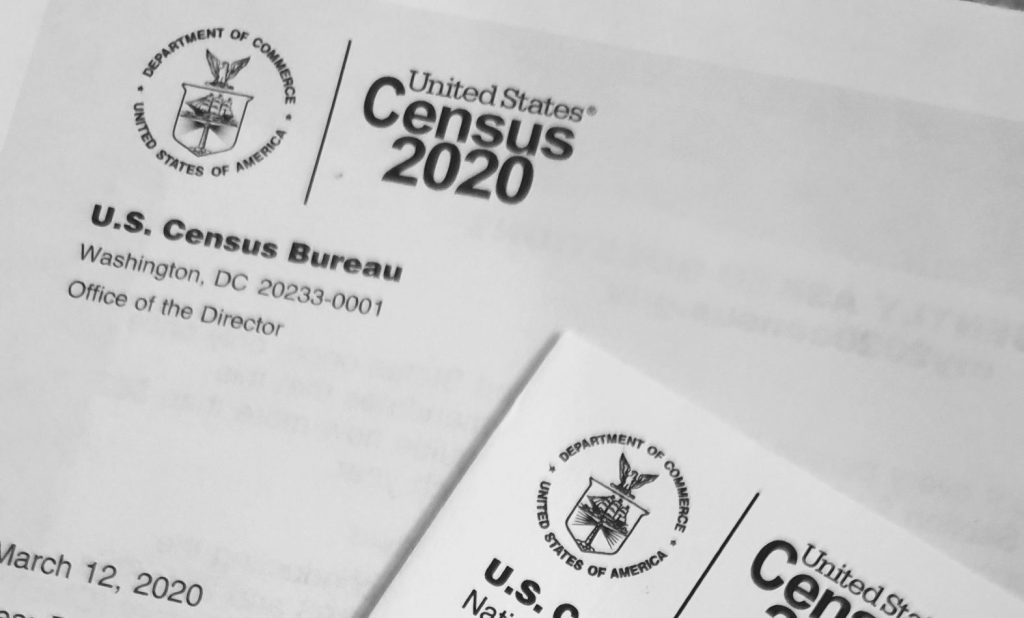Year in and year out, the U.S. Census Bureau offers up an abundance of data that state and local agencies can use to gain insights into the shifting demographics of their constituencies, and to shape policies and programs accordingly.
For many agencies, the challenge is learning to communicate those insights effectively. It’s not enough to dig up good data. You need to craft data-driven narratives that connect with the intended audience, whether government officials, legislators or constituents.
“You can have a bar chart that is the prettiest bar chart, but if no one knows what you’re trying to show or what the data is telling you, it’s not helpful,” said Mallory Bateman, Director of Demographic Research with the Kem C. Gardner Policy Institute.
The institute, which is based at the University of Utah, provides state and local leaders with economic, demographic and public policy research. Bateman and her team focus on demographics and work extensively with Census data, but also create their own datasets based on local input. Their research supports policy development around a wide array of issues, from transportation, energy and natural resources to education and housing.
“We take a lot of pride in really vetting our data, really putting a lot of work into understanding the different things that are going on with births, deaths, migration, the economy and so on,” she said.
A Case Study in Data-Driven Communications
Bateman says it’s important to understand the interplay between quantitative and qualitative insights — between what the data shows and what people see happening in their communities.
For example, a recent projection showed continued growth in Utah’s population, while a public opinion survey showed increasing opposition to such growth. In response, the state planning coordinator worked with the Office of Planning and Budget and other groups to meet with stakeholders statewide, walking them through the data specific to their regions and offering a chance to share their concerns and stories.
Both the communities and state leaders benefited from these exchanges, Bateman said. “I think in some small ways, we brought the temperature down,” she said. “And in some ways, we learned some things that maybe we wouldn’t have heard because those voices aren’t always in the rooms at the state level.”
This initiative led to an ongoing effort to provide more guidance to communities on how to navigate population shifts, so municipalities understand their different options, whether regulatory or legislative. By working with both the quantitative and qualitative data, Bateman believes Utah can “set up a strategy for communities to feel like they can maintain the quality of life they’re worried about losing.”
More Data on Tap
Over the past year, Bateman’s team has been digging deeper into data from the 2020 Decennial Census, with a focus on race and ethnicity. That data is readily available in a Census dataset called the Detailed Demographic and Housing Characteristics File A, or Detailed DHC-A, but it’s tough for anyone who’s not a data expert to understand.
“Heidi Pryor, on my team, has done a magnificent job of putting together these beautiful reports that summarize the information in a really nice way, taking a dataset that’s a little bit gnarly and making it more manageable for top-level data users,” Bateman said. Five such reports will be available by year’s end.
She and her team also have been working on the institute’s standard 10-year projection for the state’s population, which is vital for policymakers developing budgets in areas such as transportation and water. In the next year, Bateman’s team will begin work on 40-year projects, which assist with longer-term planning.
Those projects are “interesting to communicate to people because we base it on a set of assumptions around fertility, mortality and the economy,” which might shift over time, she said. “So, we’re getting more and more nuanced in our language-crafting.”
This article appeared in our guide, “Going Places: Priorities for State and Local Tech.” To learn more about how state and local governments are using technology to meet their goals, download it here:
